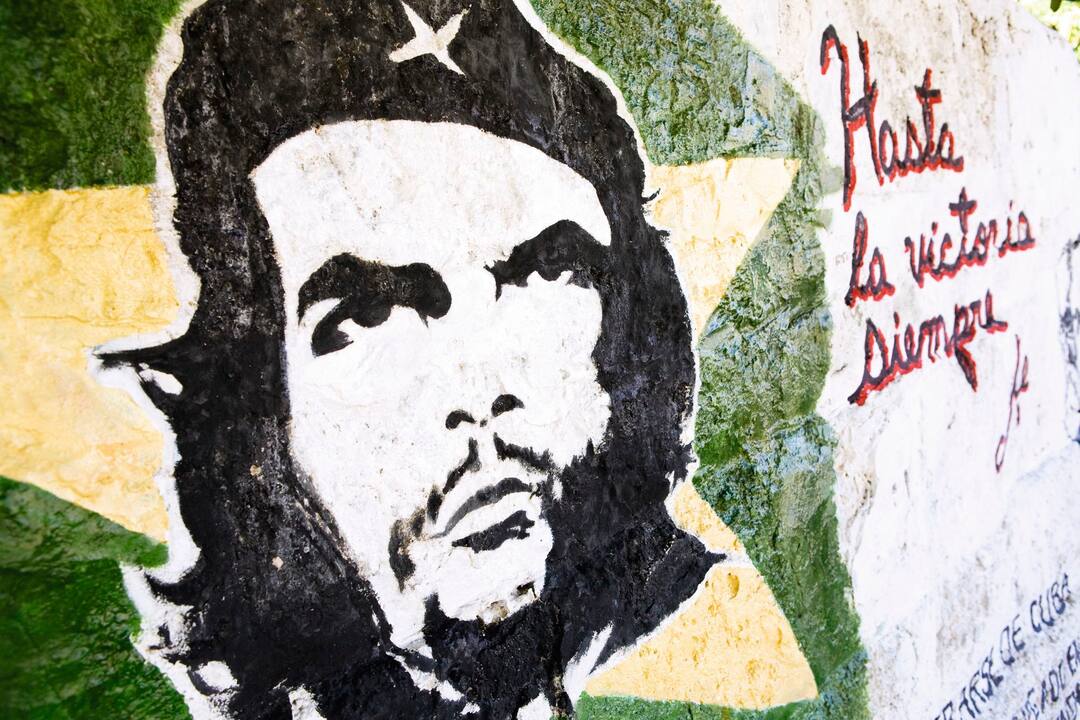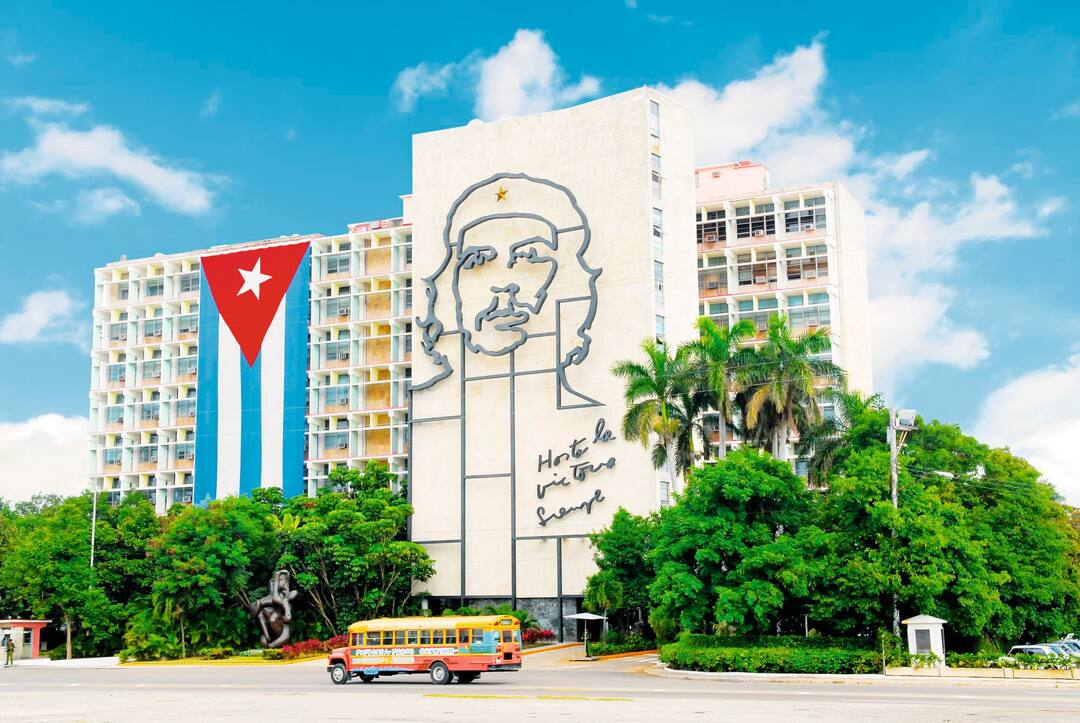Cuba holidays
;img.crop(width:1080%2Cheight:608))
;img.crop(width:1080%2Cheight:608))
;img.crop(width:1080%2Cheight:608))
;img.crop(width:1080%2Cheight:608))
;img.crop(width:1080%2Cheight:608))
;img.crop(width:1080%2Cheight:608)&fit=thumb&w=782&h=394&q=70&fm=jpg)
Holidays to Cuba are adventurous unlike anywhere else. Classic 1950s American cars, pin-drop-peaceful beaches and friendly-beyond-belief locals are just a few of the things that make the country’s back-to-basics charm so special.
Cigars, Caddies and Che
Cuba's one of the world’s most distinctive countries. Thumb-thick cigars, rum, salsa, images of Che Guevara, and Cadillacs that sag on their suspension in the streets are just a few of the icons of this emblematic place. The country’s sunny spot 90 miles off the coast of Miami means you can expect balmy temperatures year-round, too.
Cuba’s culture-heavy capital
Cuba’s capital Havana‘s an all-consuming city. It’s possible to lose days in the historical La Habana Vieja part of town, alone. Its cathedral’s been described as ‘music set in stone’, and just a few steps away is the Bodeguita del Medio, a traditional bar where legendary American writer Ernest Hemingway and jazz icon Nat King Cole used to drink.
Recharge your batteries in Varadero
Two hours’ drive east of Havana, there’s Varadero. Most of the hotels in this part of Cuba are pulled up to the peninsula’s 20-kilometre-long coastline, where sunbathing and snorkelling top the to-do list. In classic Cuban fashion, Varadero lines up plenty of jazz clubs and sea-view bars for you to unwind in, too.
Adventures to last a lifetime
Cuba’s culture’s unlike any other in the Caribbean, thanks to decades of strict trade embargos that have had a knock-on effect on the economy. Because of this, things are on the rustic side. Meals mostly rely on a few simple ingredients, and restaurants often chop and change their menus to make use of what’s available. However, what the country lacks in mod-cons it makes up for with off-the-beaten-track experiences and tropical landscapes.
Popular hotels in Cuba
Top things to see and do in Cuba
Beaches
Shopping
Nightlife
Food & drink
Facts about Cuba
FAQs
Where can I find the latest travel advice?
All your questions about entry requirements, visas, passports or health information are answered on our Travel Advice page.
Ready to start searching for your trip to Cuba?
Take a look at our best deals, add handy holiday extras, or keep looking for travel inspiration.

;img.crop(width:1080%2Cheight:608))
;img.crop(width:1080%2Cheight:608))
;img.crop(width:1080%2Cheight:608))
;img.crop(width:1080%2Cheight:608))
;img.crop(width:1080%2Cheight:608))
;img.crop(width:1080%2Cheight:608))
;img.crop(width:1080%2Cheight:608))
;img.crop(width:1080%2Cheight:608))
;img.crop(width:1080%2Cheight:608))
